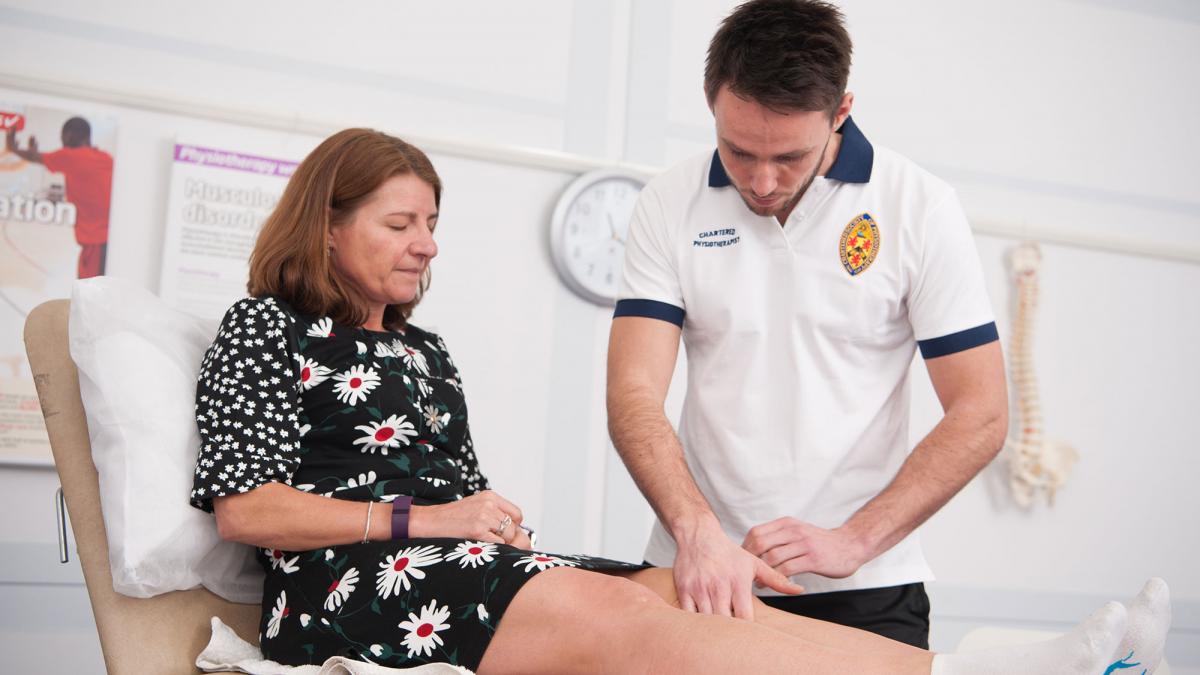Updated guidance sets out priorities for better management of osteoporosis in adults, including assessing risks and preventing bone fragility fractures.

Healthcare professionals should consider options to prevent and treat fractures as part of their care for people with osteoporosis. Photo: Nathan Clarke
The National Institute for Health and Care Excellence (NICE) quality standard, published in April, says healthcare professionals should consider all options to prevent and treat fractures as part of their care for people with osteoporosis.
It says that people with osteoarthritis at high risk of fragility fractures should be offered drug treatment to improve bone density and reduce the chance of future fractures and related problems.
The document follows NICE guidance to assessing the risk of fragility fracture in adults with osteoporosis, published in February. This includes advice on the selection and use of risk assessment tools for the care of adults at risk of fragility fractures in all NHS settings.
Arthritis Research UK’s report, State of Musculoskeletal Health 2017, says that about three million people in the UK have osteoporosis. An estimated 300,000 fragility fractures occur each year in the UK. In England and Wales alone, about 180,000 of the fractures presenting each year are the result of osteoporosis.
Jonathan McCrea, the board member for public affairs at the Association of Chartered Physiotherapists in Neurology, said: ‘Younger patients with neurological conditions have reduced or absence of ambulation and exercise. As a consequence, they are at high risk of secondary osteoporosis.
‘The most important thing about this document is that it says these adults should be identified and offered drug treatment to reduce fracture risk.’
Find Out More
Number of subscribers: 1



































